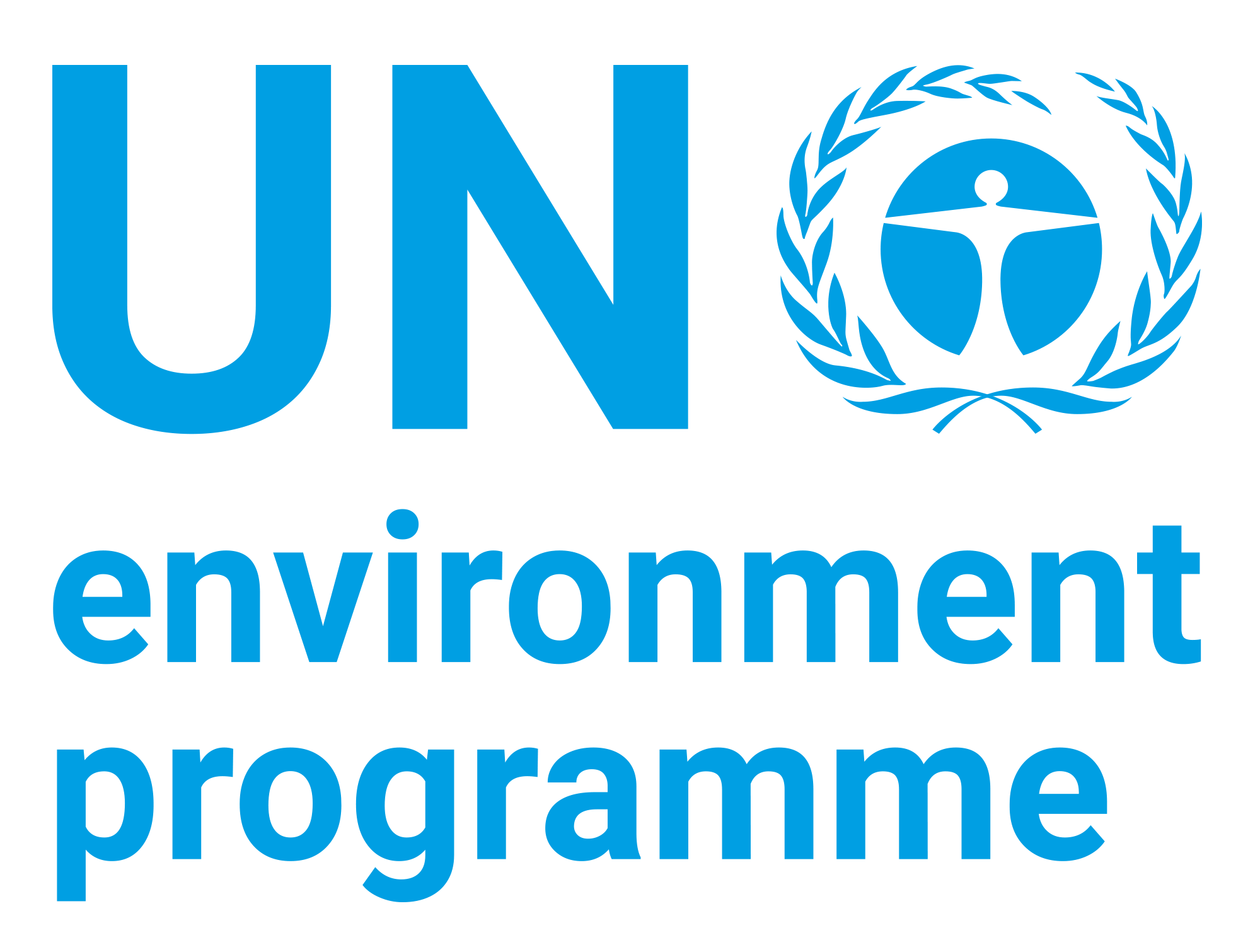| dc.contributor | Ecosystems Division | en_US |
| dc.contributor.author | United Nations Environment Programme | en_US |
| dc.contributor.other | Scott, George | |
| dc.coverage.spatial | Viet Nam | en_US |
| dc.date.accessioned | 2020-05-04T11:32:14Z | |
| dc.date.available | 2020-05-04T11:32:14Z | |
| dc.date.issued | 2020-04 | |
| dc.identifier.uri | https://wedocs.unep.org/20.500.11822/32202 | |
| dc.description | Viet Nam is the world’s second largest exporter of coffee after Brazil and the largest exporter of Robusta coffee in Asia. Coffee is the second most important agricultural commodity in the Southeast Asian country, after rice, contributing around USD 3 billion to the Vietnamese economy, or roughly two to four percent of GDP, the vast majority of which is grown in Central Highlands - the main agricultural hub of the country. It also accounts for around 40 percent of global Robusta production and nearly 60 percent of global Robusta exports. | en_US |
| dc.format | Text | en_US |
| dc.language | English | en_US |
| dc.rights | Public | en_US |
| dc.subject | coffee | en_US |
| dc.subject | agriculture | en_US |
| dc.subject | agricultural production | en_US |
| dc.subject | climate change | en_US |
| dc.title | The Business Case for Sustainable Espresso; What is the Future for Coffee Production in Viet Nam? | en_US |
| wd.identifier.sdg | SDG 12 - Responsible Consumption and Production | en_US |
| wd.identifier.sdg | SDG 13 - Climate Action | en_US |


